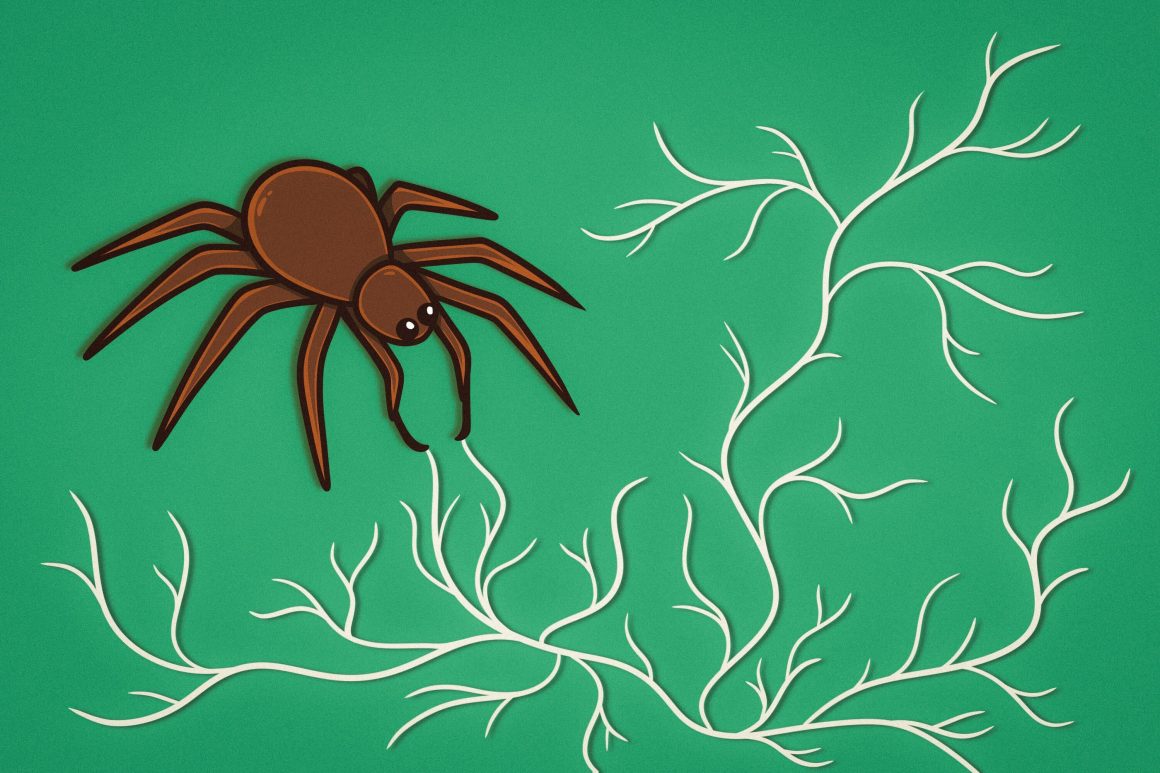
Halifax researchers on how spider silk can treat injured nerves
By Nimra Amir, October 17 2022—
Spiders are not in the good graces of most humans but maybe that is all about to change. A group of researchers at Dalhousie University in Halifax have just published a paper in the Advanced Functional Materials journal that outlines how spider silk could one day direct the regrowth of nerves that have been injured. This could mean potentially restoring movement in cases such as paralysis.
Even though silk has been used as a biomaterial in nerve repair for centuries, its first recorded performance in 1977 was disappointing. Since then, however, the production of high-performance biocompatible silks has advanced considerably in applications of wound closure like silk-based sutures, wound care like silk textiles and meshes and more recently, scaffolding that supports cell growth for tissue reconstruction and tissue engineering.
The advancement of silk as a biomaterial did not stop there — there has now been a recent shift toward recombinant spider silks.
Like all silk, the use of spider silk goes back centuries but it has been especially difficult to harvest from natural sources in sufficient quantities to meet demand. Even if enough can be harvested, there is no control over the material’s properties. This is the problem that Dr. Jan Rainey, a professor from the Department of Biochemistry and Molecular Biology at Dalhousie University, has been working to solve for more than a decade. In collaboration with Dr. John Frampton from the university’s School of Biomedical Engineering and Dr. Xiang-Qin (Paul) Liu from the Department of Biochemistry and Molecular Biology.
Rainey first became interested in spider silks because, for their size, it is much stronger than any material that humans can make. In fact, spider silk is known to be stronger than steel and even Kevlar — the material used in bulletproof vests. So, it can absorb large amounts of force before it breaks.
That is not all though — spider silk, unlike most other biomaterials, is environmentally friendly. Of course, spiders do not produce enough silk to replace plastics or metals that other biomaterials are made from. But again, with the research on spider silks that was published, we can better understand how to engineer it synthetically.
“We really wanted to understand what gives rise to these amazing properties and then to understand how we could tweak those materials to provide new functionality,” Rainey said to CBC.
Spider silk is made of protein — a natural material that could be consumed by humans without being rejected by our bodies. In engineering a new lab-produced spider silk — based on the form of silk used by spiders to wrap prey — researchers found that the spider silk-based protein would hold onto another protein to enhance the growth of nerve cells. The material would then be capable of supporting and even enhancing neuron-like cell growth.
This innovative material can now be further developed so that it could be applied directly to an injury site to stimulate nerve regeneration. This closes a critical gap which is hugely beneficial not only for those who have suffered a nerve injury but also for the Canadian healthcare system as a whole.
